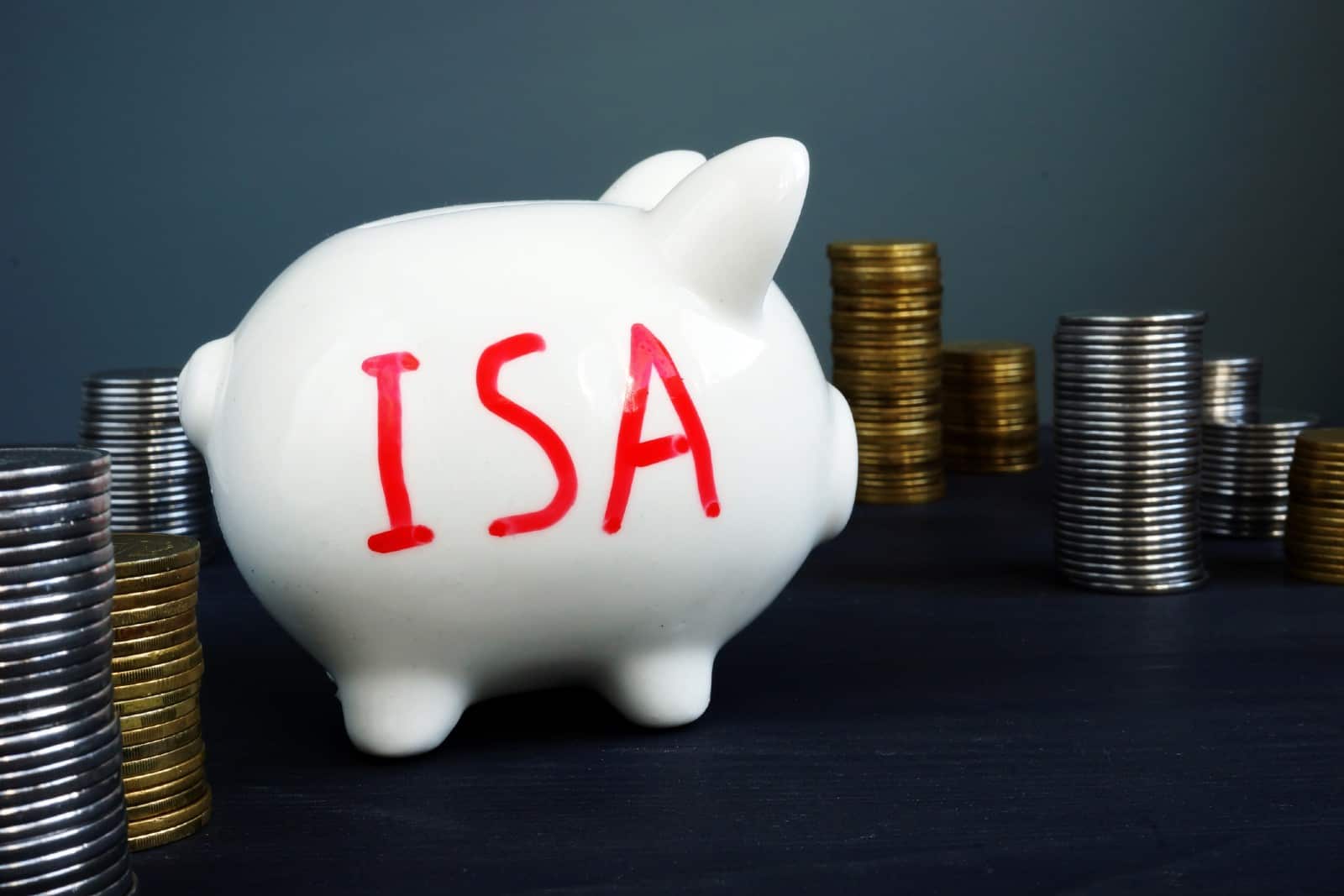How much do you need in a Stocks and Shares ISA for a tax-free income of £1,000 a month?


The best investment wrapper in the world. That’s what some say. They’re talking about the UK too. Anyone in this country can open a Stocks and Shares ISA, considered by many to be the number one investing vehicle planet-wide. Who would have thought it?
The main advantages are twofold. The first being tax advantages. In the past, when a Briton wanted to buy a stock from the FTSE 100, say, they’d be paying capital gains if the share price went up. That’s up to 28% at the moment, and rumoured to be going higher. Any dividends paid by the stock would be subject to the dividends tax too. That’s up to 34% at the moment. Considering that most people buy stocks to get dividends or for the share price to go up, sidestepping having to give the taxman a piece is an attractive benefit.
The second advantage is the deposit limit. A £20,000 a year maximum benefits all kinds of earners, including those on bigger salaries. This comes in handy when an investor comes into a sizeable windfall, such as from an inheritance, too.
Please note that tax treatment depends on the individual circumstances of each client and may be subject to change in future. The content in this article is provided for information purposes only. It is not intended to be, neither does it constitute, any form of tax advice. Readers are responsible for carrying out their own due diligence and for obtaining professional advice before making any investment decisions.
Targets
Let’s say we’re armed with one of these tax-advantaged ISA things then. How might we target a second income of, say, £1,000 a month?
The common figure given is that a 4% drawdown is fairly safe over long timeframes. That doesn’t mean we’ll be aiming to get that much of a return on investments. The long-term returns of UK stocks (over a century) is around 9%. The corresponding return for US stocks is 10%. But stocks go up and down, and in theory the 4% keeps the original sum more or less intact. This works particularly well when converting imminent withdrawals to savings accounts or bonds.
On that basis, a £1,000 monthly second income (or £12,000 yearly) needs an ISA with £300,000 in it.
Worth it
The beauty of an ISA is not putting £300k in straight away (the £20k a year deposit limit prevents that). It’s drip-feeding smaller amounts into high-quality companies to build to that figure.
One stock I think is worth considering for this purpose is Rolls-Royce (LSE: RR.). While the name is still associated with the car, that part of the business was spun off years ago. Now the firm sells engines for planes, both civilian and military, along with a range of other engineering marvels.
A reason I’m optimistic that the FTSE 100’s biggest manufacturer can continue its success is SMRs or small modular reactors. These tiny nuclear power stations could be a lynchpin in the world’s ‘Net Zero’ future. The government’s new Great British Energy has already signed a £2.5bn deal with the company.
Stocks can go down as well as up. And after a barnstorming couple of years, the £98bn market cap engineer is trading at high levels. Its forward price-to-earnings ratio is around the 40 mark. That’s over double the FTSE 100 average.
And of course, there’s no guarantee that SMRs are the answer to keeping the lights when the wind isn’t blowing or the sun isn’t shining. But looking at Rolls-Royce as an overall package, I think it’s worth further research.
The post How much do you need in a Stocks and Shares ISA for a tax-free income of £1,000 a month? appeared first on The Motley Fool UK.
Should you invest £1,000 in Rolls-Royce Plc right now?
When investing expert Mark Rogers has a stock tip, it can pay to listen. After all, the flagship Motley Fool Share Advisor newsletter he has run for nearly a decade has provided thousands of paying members with top stock recommendations from the UK and US markets.
And right now, Mark thinks there are 6 standout stocks that investors should consider buying. Want to see if Rolls-Royce Plc made the list?
More reading
- Are Rolls-Royce shares becoming detached from economic reality?
- The Rolls-Royce share price is flying but investors might consider buying this FTSE 100 growth star first
- Down 98%, is this FTSE household name set to explode like the Rolls-Royce share price?
- Experts say these are the 5 most popular British stocks to buy in October
- Up 2,927% in five years! Could the Rolls-Royce share price achieve the same by 2031?
John Fieldsend has positions in Rolls-Royce Plc. The Motley Fool UK has recommended Rolls-Royce Plc. Views expressed on the companies mentioned in this article are those of the writer and therefore may differ from the official recommendations we make in our subscription services such as Share Advisor, Hidden Winners and Pro. Here at The Motley Fool we believe that considering a diverse range of insights makes us better investors.





